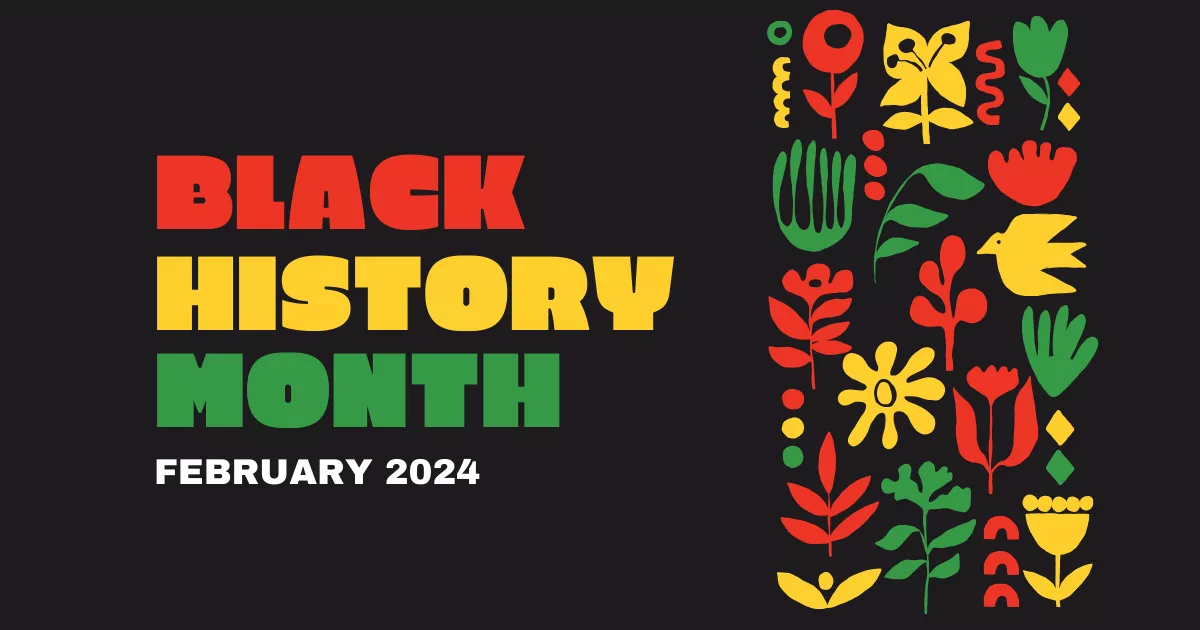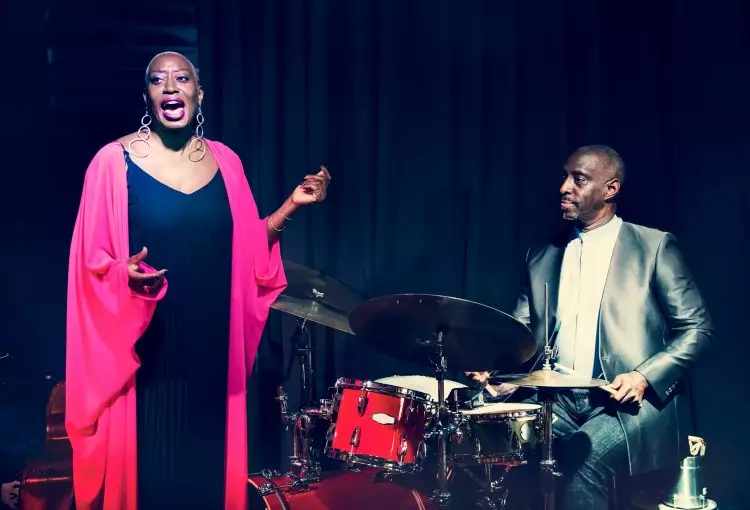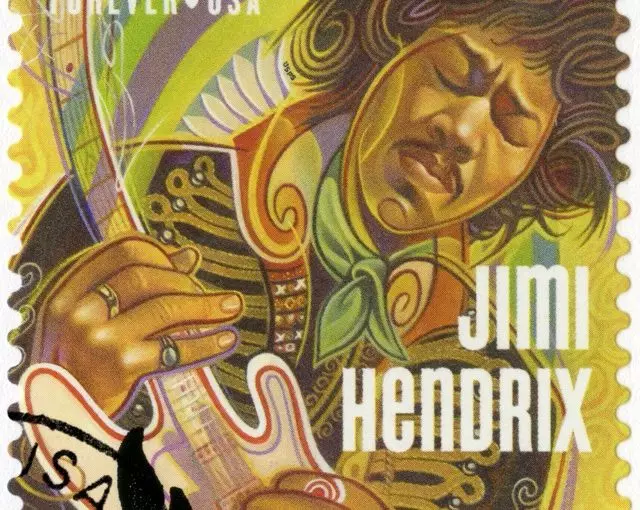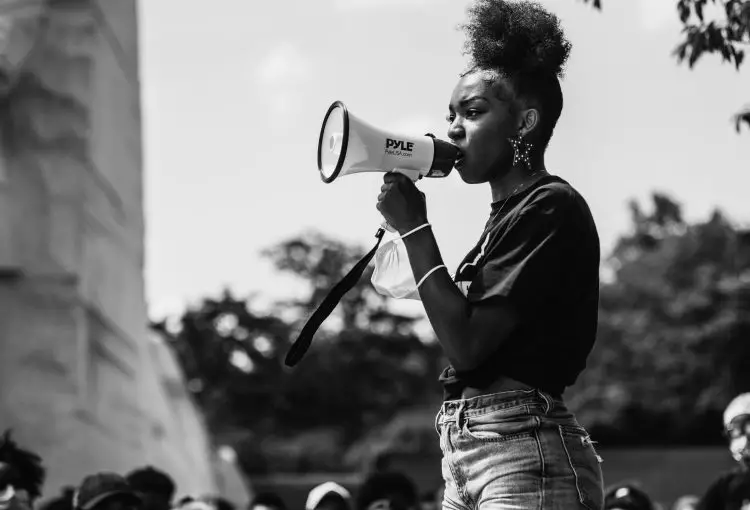
Celebrating Black Americans’ Contributions to the Arts
This year, the theme of Black History Month is “African Americans and the Arts”. Learn about the many, diverse, and significant contributions to the arts made by people of African descent in the New World, and how their beauty, and the artists’ creativity and resilience, continue to influence and inspire artistic endeavor and expression.
The Importance of Black History Month
Black History Month, also known as African American History Month, has been observed in the United States since 1976. It provides a dedicated time to reflect on the struggles and triumphs of African Americans, recognizing their role in shaping the nation’s history and culture. While the contributions of African Americans span various fields, this year’s theme focuses on the arts, highlighting the extraordinary artists who have used their creativity to inspire change and amplify their voices. It’s also essential to acknowledge the rich artistic heritage that African people brought with them to the West.
African Contributions to the Arts in the Colonial World
The arrival of African people to the New World, primarily through the transatlantic slave trade, brought with it a rich tapestry of cultural traditions, including music, dance, storytelling, and visual arts. These traditions not only survived but thrived, adding to and blending with the cultures of other peoples in the Americas to create new and unique forms of artistic expression.
Music

(African musical traditions had a profound influence on the development of American music | African American drummer and singer performing in an event | Photo from Shutterstock)
African musical traditions had a profound influence on the development of American music through rhythms, percussion instruments, and vocal techniques that would lay the foundation for various genres, including jazz, blues, gospel, and hip-hop. African-derived polyrhythms and call-and-response singing became integral elements in American musical evolution.
Dance
African dance traditions played a significant role in the development of American dance styles. Enslaved Africans brought with them a diversity of dance forms, each rooted in their respective cultural backgrounds. These dances often served as a means of cultural preservation, community bonding, and resistance to oppression. Over time, they merged with European and Indigenous dance styles to create new and innovative forms of dance that continue to influence contemporary choreography.
Storytelling
African storytelling traditions, characterized by vivid oral narratives, became an integral part of American literature and the performing arts. Enslaved African people preserved their cultural heritage by passing down myths, fables, and folktales that would later inspire African American writers, playwrights, and poets. The ability of storytelling to convey the African American experience can be seen in the works of authors like Zora Neale Hurston and August Wilson.
Visual Arts
African artistic traditions, which often included intricate patterns, symbolism, and a strong connection to nature, found their way into the visual arts of the Americas. African and African American artists have used their creative talents to explore themes of identity, history, and social justice. The quilting traditions of African American women, for example, have produced stunning textile art that tells the story of resilience and cultural continuity.
African American Artists: Pioneers and Visionaries
Music

(A stamp printed in the USA shows Jimi Hendrix, circa 2014 | Photo from Shutterstock)
African American musicians have played a pivotal role in shaping the American music landscape. From the blues to jazz, rock to hip-hop, their influence is undeniable. Legends like Louis Armstrong, Billie Holiday, Aretha Franklin, and Jimi Hendrix have left an indelible mark on the world of music. Their contributions not only entertained but also served as powerful instruments of social change, addressing issues of civil rights, equality, and identity.
Literature
African American authors have gifted us with powerful storytelling that explores the African American experience in depth. Writers like Langston Hughes, Maya Angelou, Toni Morrison, and Ta-Nehisi Coates have captivated readers with their words, offering insight into the complexities of race, identity, and human emotions. Their literature continues to resonate, provoking necessary dialogues about race and society.
Visual Arts
African American visual artists have brought their unique perspectives to the canvas, challenging preconceived notions and pushing the boundaries of artistic expression. Figures such as Jean-Michel Basquiat, Kara Walker, and Kehinde Wiley have explored themes of race, identity, and the nature of power and power dynamics in their works, forcing viewers to confront uncomfortable truths and narratives.
Dance
The world of dance has been enriched by African American choreographers and dancers who have broken barriers and redefined the art form. Icons like Alvin Ailey, Katherine Dunham, and Misty Copeland have not only dazzled audiences with their performances but have also broken down racial barriers in the world of dance.
The Impact of African and African American Artists
African and African American artists have not only enriched our cultural landscape but have also been at the forefront of social and political change. Their art has served as a vehicle for activism and a means to challenge the status quo. Through their work, they have addressed issues such as racial discrimination, inequality, and the quest for justice.
The Civil Rights Movement
Music played a pivotal role in the Civil Rights Movement of the 1950s and 1960s. Artists like Nina Simone and Sam Cooke used their voices to inspire change and rally support for the movement. Songs like “Mississippi Goddam” and “A Change Is Gonna Come” became anthems of the era, providing solace and encouragement to those fighting for civil rights.
The Harlem Renaissance
The Harlem Renaissance of the 1920s was a cultural and artistic explosion in the African American community. Poets like Langston Hughes and Claude McKay, musicians like Duke Ellington and Bessie Smith, and visual artists like Aaron Douglas all contributed to this cultural renaissance. Their work celebrated African American identity and creativity and played a significant role in shaping the artistic landscape of the time.
Contemporary Activism

(Washington D.C. / U.S.A. – Jun 4, 2020: George Floyd Protests, Black Lives Matter DC. | Photo from Shutterstock)
Today, Black artists continue to be activists, using their platforms to advocate for social justice. Figures like Beyoncé, Kendrick Lamar, and Ava DuVernay have used their art to address issues of police brutality, racial profiling, and systemic racism, sparking important conversations and pushing for the overhaul of antiquated, oppressive institutions.
Reflections
As we celebrate Black History Month 2024 under the theme of “African and African American Contributions to the Arts,” we must recognize the invaluable contributions of African and African American artists to our culture, history, and society. Their creativity and resilience have enriched our lives, challenged our perspectives, and inspired us to strive for a more just and inclusive world.
This month, let’s take the opportunity to not only appreciate the artistry of African and African American artists but also reflect on their cultural legacies, the stories they tell, and the messages they convey. Let’s honor their legacy by continuing to support and celebrate the diverse voices and talents that have shaped our nation’s artistic landscape. In doing so, we contribute to a more inclusive and equitable future where the arts continue to be a powerful force for positive change.

